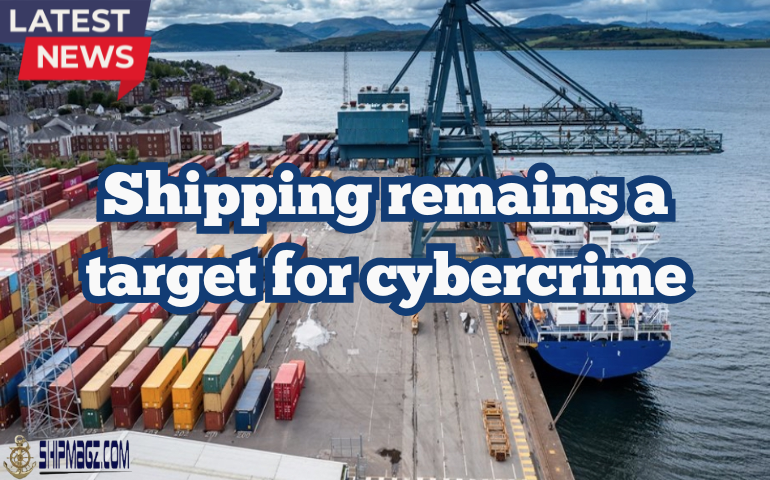Shipping remains a target for cybercrime

The Evolving Threat Landscape
While awareness of cyber threats has improved, criminals are leveraging new technologies to become more sophisticated. The industry's growing reliance on digital systems, including satellite connectivity, navigation systems, and cargo management platforms, has created a larger "attack surface" for malicious actors.
Key Vulnerabilities and Threats
- Phishing and Social Engineering: These remain a primary point of entry. Attackers use deceptive emails and messages to trick maritime staff into revealing sensitive information or downloading malware.
- Ransomware: This type of attack is becoming more common, with criminals encrypting a victim's systems and demanding a ransom. Such attacks can disrupt logistics, navigation, and safety systems, leading to significant financial losses.
- GPS Spoofing: Attackers can manipulate GPS signals to mislead a vessel's navigation system, potentially causing accidents or unauthorized detours.
- Operational Technology (OT) Compromise: A major concern is a breach of a ship's operational technology, such as engine or ballast water controls. A successful attack on these systems could render a vessel inoperable.
The Financial and Legal Impact
The financial cost of a cyberattack can be extreme. According to reports, the average attack can cost hundreds of thousands of dollars, with ransom demands often in the millions. From a legal standpoint, cyber risks are becoming part of a shipowner's wider seaworthiness obligations. Liability for an attack often depends on contractual agreements, and losses resulting from a lack of due diligence could lead to legal judgments.
The Industry's Response
Regulatory bodies like the International Maritime Organization (IMO) are mandating cyber risk management. However, many port states are not proactive in their enforcement. While some organizations are making progress with improved security procedures and training, the industry as a whole needs to do more to protect itself.










